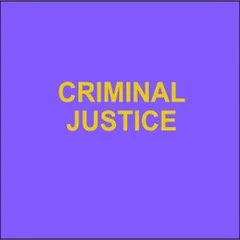By Adam M. Gershowitz
Prosecutors are often seen as the villains of the criminal justice system. And the most villainous thing a prosecutor can do is to commit an intentional Brady violation by withholding favorable and material evidence from the defense. Not surprisingly, there is a wide literature criticizing prosecutors for flagrant misconduct. But not all Brady violations are intentional. Prosecutors sometimes—perhaps often—commit accidental Brady violations by inadvertently failing to recognize favorable evidence. Because many prosecutors are inexperienced, overworked, and under-trained, they do not recognize exculpatory or impeachment evidence when it is in their files. Additionally, prosecutors also fail to disclose evidence that is in the hands of police, sheriffs, crime laboratories, and other government agencies. Because the criminal justice “system” is riddled with communication breakdowns, prosecutors are sometimes unaware of Brady evidence that they were obligated to disclose. The breadth of the Brady doctrine and the dysfunction of the criminal justice system do not make Brady violations acceptable or harmless. To the contrary, Brady errors are serious violations of a defendant’s constitutional rights. To reduce future violations, however, we cannot simply condemn prosecutors for intentional misconduct. Instead, it is important to understand why accidental Brady violations occur. Drawing on nearly two-dozen recent cases, this article builds a typology of situations where accidental Brady violations occur, and it sets forth solutions for reducing accidental violations in the future.
12 Tex. A&M L. Rev. 533 (2025)., 59p.



